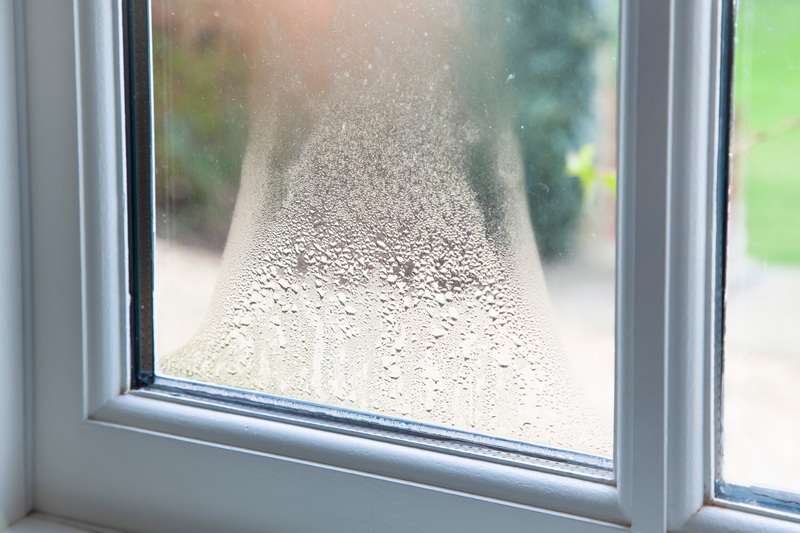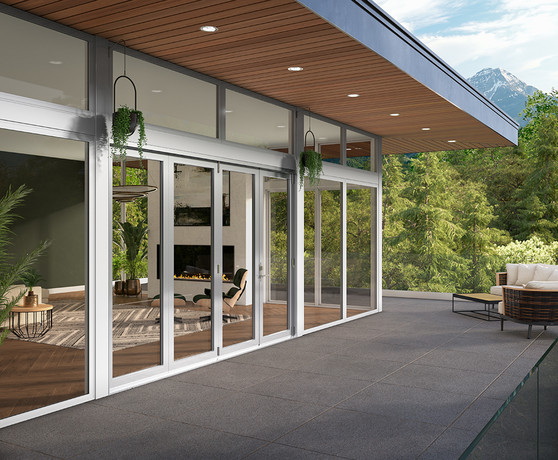English


Views: 222 Author: Dream Publish Time: 2025-01-15 Origin: Site











Content Menu
● Understanding the Benefits of Vinyl Windows
>> Step 1: Measure Existing Windows
>> Step 2: Remove Interior Trim
>> Step 3: Remove the Old Aluminum Window
>> Step 4: Inspect and Prepare the Opening
>> Step 5: Install Flashing Tape
>> Step 6: Insert New Vinyl Window
>> Step 8: Install J-Channel and Siding
● Detailed Considerations During Installation
● Final Touches After Installation
● FAQ
>> 1. Can I install vinyl windows over existing aluminum frames?
>> 2. What tools do I need for replacing windows?
>> 3. How do I ensure my new windows are energy efficient?
>> 4. Is it necessary to remove interior trim when replacing windows?
>> 5. What should I do if I find rot around my window frame?
Replacing aluminum windows with vinyl siding is a project that can significantly enhance the aesthetic appeal of your home while improving energy efficiency. This comprehensive guide will walk you through the necessary steps, considerations, and tips for a successful replacement.

Vinyl windows are increasingly popular due to their numerous advantages over aluminum windows:
- Energy Efficiency: Vinyl windows provide better insulation, reducing heating and cooling costs.
- Low Maintenance: Unlike aluminum, vinyl does not require painting and is resistant to rust and corrosion.
- Aesthetic Variety: Available in various styles and colors, vinyl windows can complement any home's exterior.
- Durability: Vinyl windows are less prone to denting, chipping, or fading compared to aluminum frames, making them a long-lasting choice.
Before starting the replacement process, gather the necessary tools and materials:
Tools:
- Utility knife
- Screwdriver
- Pry bar
- Level
- Measuring tape
- Caulk gun
- Shims
- Safety glasses
- Reciprocating saw (if necessary)
Materials:
- New vinyl windows
- Flashing tape
- Caulk (preferably polyurethane)
- J-channel for siding
- Insulation
Accurate measurements are crucial for ordering the right size vinyl windows. Measure the width and height of the existing window frame from inside the house. Ensure to account for any trim or casing that will be replaced.

Using a utility knife, carefully cut through any paint or caulk around the interior trim. Remove the trim using a pry bar to avoid damaging the drywall.
1. Cut Caulking: Use a utility knife to cut through any caulking around the window frame.
2. Unscrew Window: Remove screws holding the window in place. If necessary, use a reciprocating saw to cut through any metal framing.
3. Pry Out Window: Carefully pry out the old window frame from the opening.
Check for any damage or rot in the surrounding structure. If you find any issues, repair them before proceeding. Clean the opening thoroughly to ensure a smooth surface for installation.
Apply flashing tape along the bottom of the window opening to create a moisture barrier. Extend it up both sides of the frame about six inches.
1. Position Window: Place the new vinyl window into the opening. Use shims to ensure it is level and plumb.
2. Secure Window: Fasten the window using screws through the nailing fins into the framing.
Apply caulk around the exterior perimeter of the window to seal any gaps. This step is vital for preventing air and water leaks.
1. Attach J-Channel: Install J-channel around the window to provide a neat finish and direct water away from the opening.
2. Replace Siding: Reinstall or replace siding panels around the window. Ensure that they interlock properly with each other and fit snugly against the J-channel.
When replacing aluminum windows with vinyl siding, several detailed considerations can improve your installation experience:
Proper moisture management is essential when replacing windows, especially in areas prone to condensation or heavy rainfall. Ensure that all flashing overlaps correctly to direct water away from your home's structure.
- Flashing Installation: Use wide adhesive stretch flashing at least for the bottom and non-stretch for other parts. Apply it in a way that it extends up both sides of the enclosure about six inches on both inside and outside of the opening.
To maximize energy efficiency, consider adding insulation around your new vinyl windows:
- Use foam insulation to fill gaps between your new window frame and existing wall structure.
- Ensure that you do not compress insulation too tightly as this can reduce its effectiveness.
After installing your new vinyl windows and siding:
1. Reattach or replace interior trim to match your decor.
2. Clean up any debris from your workspace.
3. Inspect all seals around windows and siding to ensure everything is watertight.
Replacing aluminum windows with vinyl siding can significantly improve your home's energy efficiency and aesthetic appeal. By following these steps carefully and ensuring proper sealing and installation techniques, you can achieve a professional-looking result that enhances both comfort and style in your home.

Yes, you can install vinyl windows over existing aluminum frames using retrofit windows that do not disturb existing siding.
You will need a utility knife, screwdriver, pry bar, level, measuring tape, caulk gun, shims, safety glasses, and possibly a reciprocating saw.
Choose high-quality vinyl windows with insulated glass and proper sealing techniques during installation to enhance energy efficiency.
Yes, removing interior trim allows for easier access to remove old windows and install new ones without damaging surrounding areas.
If you discover rot during inspection, repair or replace affected areas before installing new windows to ensure structural integrity.
[1] https://www.reddit.com/r/HomeImprovement/comments/mxsejf/replacing_aluminum_windows_with_vinyl_in/
[2] https://www.georgekent.ca/blog/vinyl-siding-vs-aluminum/
[3] https://vinyllight.ca/replacing-windows-in-a-house-with-vinyl-siding
[4] https://todayshomeowner.com/windows/guides/how-to-replace-a-window-with-vinyl-siding/
[5] https://paramountbuilders.com/vinyl-vs-aluminum-energy-savings-siding/
[6] https://www.delcowindows.com/blog/how-to-replace-vinyl-windows
[7] https://www.youtube.com/watch?v=BYud8ByPwAw
[8] https://odysseyremodeling.com/replace-aluminum-siding-with-vinyl-siding/
[9] https://www.wixsys.com/images/AlumReplace.pdf
[10] https://hansons.com/blog/how-to-replace-aluminum-windows/
[11] https://polymericexteriors.org/installation/tips-and-tricks/
[12] https://www.roofmasters.com/siding/vinyl-sidings-advantages-over-aluminum-siding/
[13] https://windowdepotcolumbuseast.com/the-ultimate-guide-to-installing-vinyl-replacement-windows-2024-edition/
[14] https://wsdepot.com/how-to-install-a-new-window-in-a-house-with-vinyl-siding/
[15] https://advancedwindowsusa.com/vinyl-or-aluminum-windows-which-is-better
[16] https://www.windowworld.com/blog/guide-to-replacing-siding-on-a-house-vinyl-siding-edition
[17] https://www.youtube.com/watch?v=E4PHRrzAL5A
[18] https://dwwindows.com/windows-blog/advantages-of-vinyl-siding-over-other-siding-choices/
[19] https://www.gardenweb.com/discussions/2637550/diy-replacement-windows-in-vinyl-siding
[20] https://www.youtube.com/watch?v=xVFDZow8AkQ
[21] https://www.marshallbuildingandremodeling.com/painting-aluminum-siding-vs-replacing-with-vinyl-siding/
What Are The Key Properties of Stainless Steel You Should Know?
Best Stainless Steel Grades for High-Temperature Environments
How To Ensure Quality Control in Stainless Steel Production?
Stainless Steel Vs Brass: Which Is Better for Decorative Use?
Are There Quality Differences in Wholesale Aluminum Windows?
